The Best Strawberry Varieties to Grow in Your Garden
Published: August 22, 2025 at 9:11:10 AM UTC
Choosing the right strawberry varieties for your garden can make the difference between a bountiful harvest of sweet, juicy berries and a disappointing yield. With hundreds of strawberry varieties available, finding the perfect match for your growing conditions, available space, and taste preferences might seem overwhelming. This guide will help you navigate the delicious world of strawberries and select the best varieties of strawberries to grow in your garden.
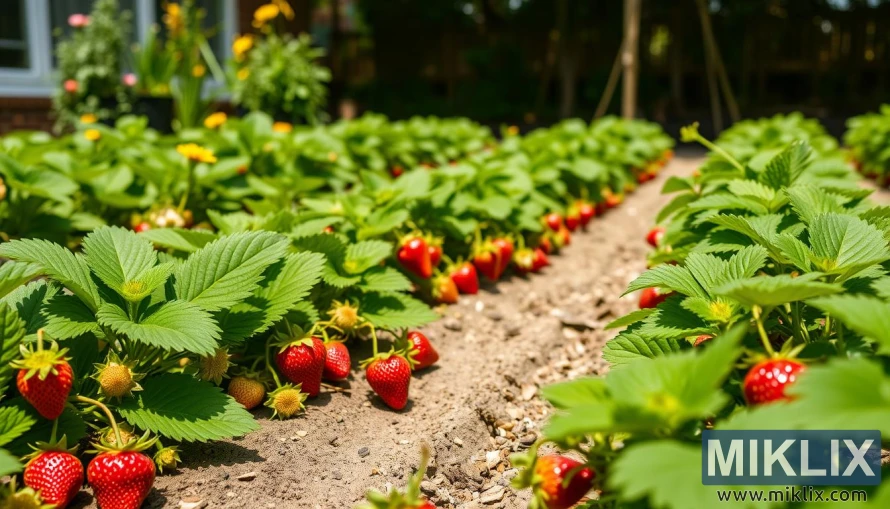
Key Factors to Consider When Choosing Strawberry Varieties
Before diving into specific varieties, it's important to understand the key factors that will influence your strawberry growing success. These considerations will help you narrow down the best varieties of strawberries to grow in your garden.
Growing Zone and Climate Compatibility
Strawberries have different cold hardiness and heat tolerance levels. While most varieties grow well in USDA zones 5-8, some are specially bred for colder or warmer regions. Always check if a variety is suitable for your specific growing zone before purchasing.
Strawberry Plant Types
Strawberries come in three main types, each with different growing habits and harvest patterns:
June-bearing strawberries - Produce one large crop per year, typically over a 2-3 week period in late spring to early summer. They send out many runners and create thick beds.
Everbearing strawberries - Produce two to three harvests throughout the growing season, typically in spring, summer, and fall. They produce fewer runners than June-bearers.
Day-neutral strawberries - Produce fruit continuously throughout the growing season as long as temperatures remain between 35-85°F. They produce very few runners.
Purpose and Use
Consider how you plan to use your strawberries when selecting varieties:
Fresh eating - Look for varieties known for exceptional flavor and sweetness.
Preserves and jam - Choose varieties with intense flavor that hold up well to cooking.
Freezing - Select firmer varieties that maintain their shape and texture when frozen.
Ornamental value - Some varieties offer attractive foliage or unique colored berries.
Sweetest Strawberry Varieties for Home Gardens
If flavor is your top priority, these exceptionally sweet varieties will delight your taste buds. These strawberries are perfect for fresh eating and will be the highlight of your summer desserts.
Earliglow
Earliglow is often considered the gold standard for flavor in home gardens. As the name suggests, it's one of the earliest strawberries to ripen, giving you a head start on the strawberry season. The medium-sized berries are bright red, firm, and have an exceptional sweet flavor with perfect balance.
Pros
- Exceptional sweet flavor
- Disease resistant
- Early harvest
- Freezes well
Cons
- Berry size decreases as season progresses
- Single harvest period
- Not heat tolerant
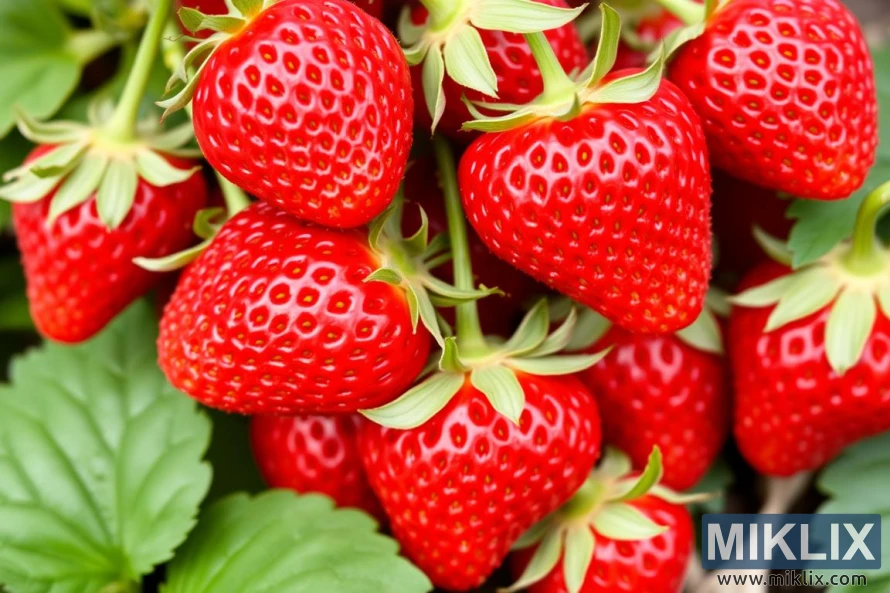
Mara des Bois
This French variety combines the best of both worlds: the intense flavor of alpine strawberries with the larger size of garden varieties. Mara des Bois produces fruit from mid-summer through fall with an incredible aroma and complex flavor that will remind you of wild strawberries.
Pros
- Exceptional wild strawberry flavor
- Extended harvest season
- Good disease resistance
- Attractive plants
Cons
- Smaller berries than some varieties
- Not as productive as some varieties
- Can be harder to find
Most Productive Strawberry Varieties
If you're looking to maximize your harvest, these high-yielding varieties will keep your kitchen stocked with fresh strawberries. These varieties are perfect for preserving, freezing, and sharing with friends and family.
Honeoye
Honeoye (pronounced "honey-eye") is renowned for its exceptional productivity. This June-bearing variety produces large harvests of bright red, firm berries that maintain their size throughout the season. It's extremely cold-hardy and adaptable to various soil conditions.
Pros
- Extremely productive
- Cold-hardy (Zones 3-8)
- Large, firm berries
- Good disease resistance
Cons
- Can be tart in hot weather
- Single harvest period
- Not ideal for southern regions
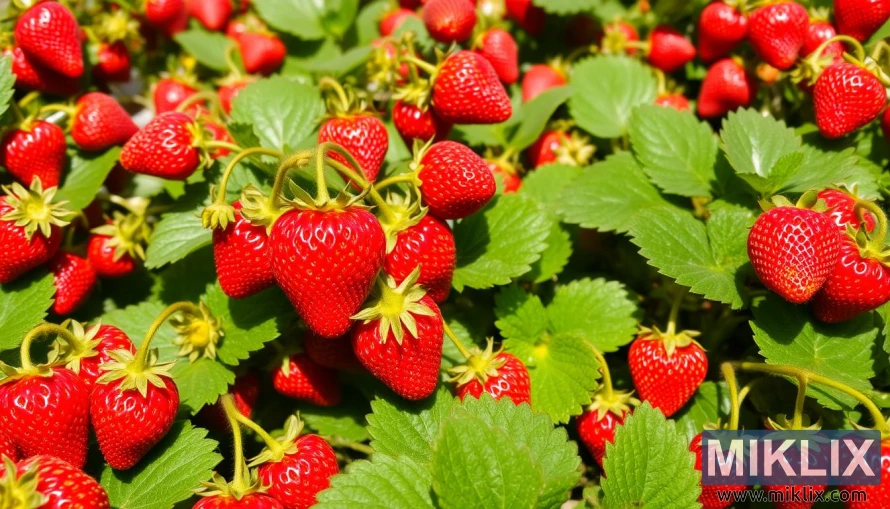
Ozark Beauty
Ozark Beauty is the most popular everbearing variety for good reason. It produces two significant harvests per season with some berries in between, giving you fresh strawberries from late spring through fall. The large, sweet berries are perfect for both fresh eating and preserving.
Pros
- Extended harvest season
- Large berries for an everbearing type
- Adaptable to various climates (Zones 4-8)
- Good flavor balance
Cons
- Less productive than June-bearers
- Requires more consistent watering
- Berries may be smaller in hot weather
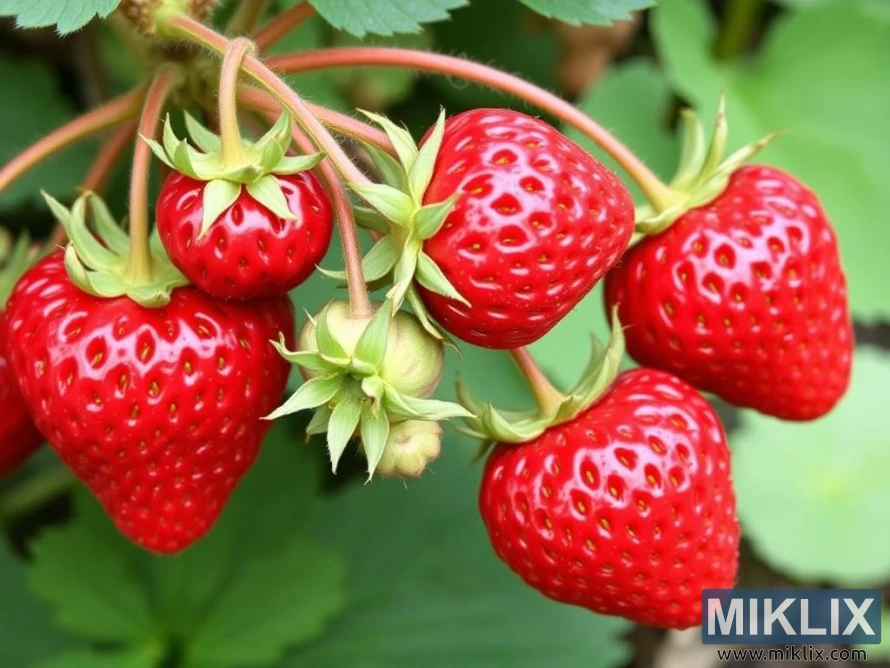
Best Strawberry Varieties for Containers and Small Spaces
Limited garden space doesn't mean you can't enjoy homegrown strawberries. These compact varieties thrive in containers, hanging baskets, and small garden plots while still providing delicious harvests.
Tristar
Tristar is a day-neutral variety that produces berries continuously from spring until frost. Its compact growth habit makes it perfect for containers and small spaces. The medium-sized berries are sweet, firm, and have no hollow core, making them excellent for fresh eating and freezing.
Pros
- Compact growth habit
- Continuous production
- Excellent flavor
- Disease resistant
Cons
- Medium-sized berries
- Requires regular feeding
- Less productive in extreme heat
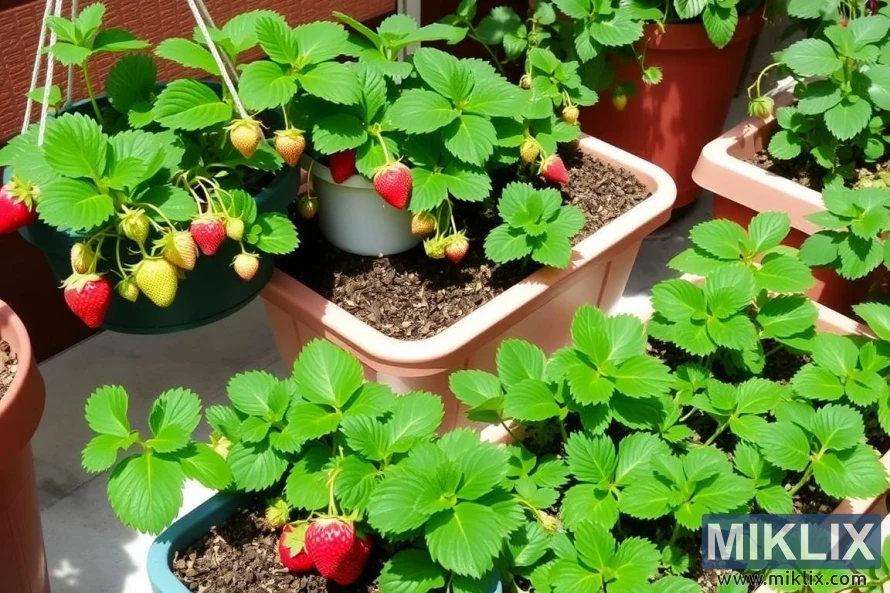
Alpine Alexandria
Alpine Alexandria produces small, intensely flavored berries on compact plants that don't send out runners. This makes them ideal for containers and edging. They produce fruit continuously from spring through fall and can even tolerate partial shade.
Pros
- Extremely flavorful
- No runners (stays where planted)
- Tolerates partial shade
- Continuous production
Cons
- Very small berries
- Lower overall yield
- Can be harder to find
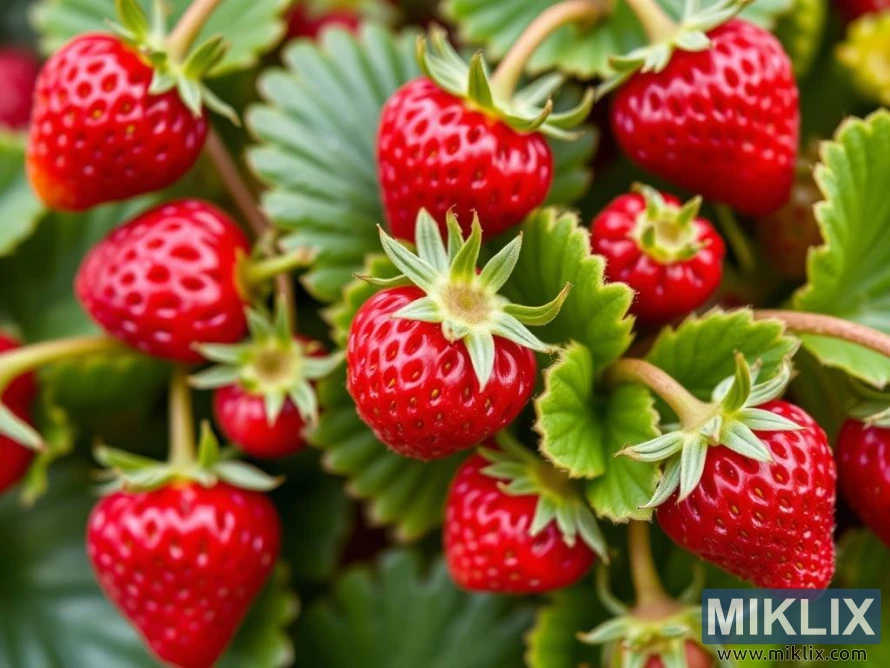
Cold-Hardy Strawberry Varieties
For gardeners in northern regions, these cold-hardy varieties will survive harsh winters and still produce excellent harvests. These tough plants are perfect for zones 3-5 and areas with late spring frosts.
Surecrop
True to its name, Surecrop is one of the most reliable June-bearing varieties for challenging conditions. It's extremely cold-hardy and drought-resistant, making it perfect for northern gardens. The medium to large berries are firm, deep red throughout, and have excellent flavor for both fresh eating and preserving.
Pros
- Extremely cold-hardy (Zones 3-8)
- Drought-resistant
- Disease resistant
- Reliable producer
Cons
- Single harvest period
- Irregular berry shape early in season
- Not ideal for southern regions
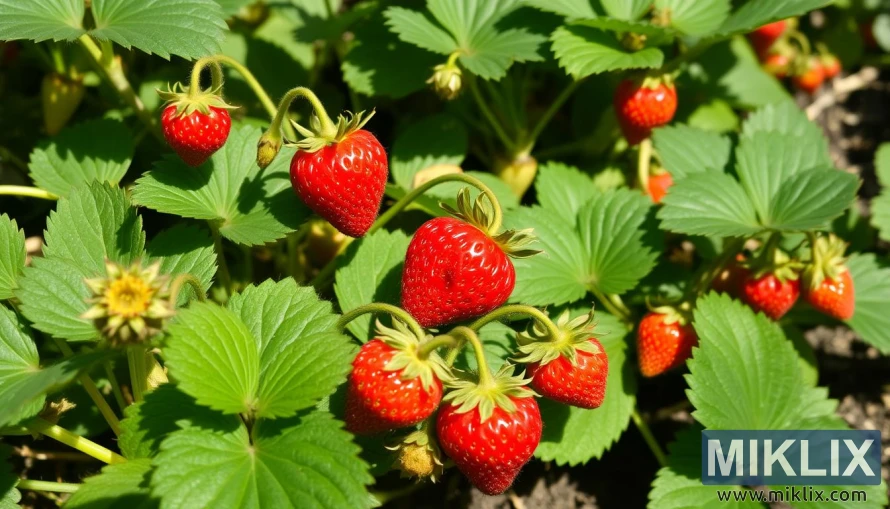
Fort Laramie
Fort Laramie is an everbearing variety specifically bred for cold hardiness. It produces large, bright red berries with exceptional aroma and sweet flavor throughout the growing season. It's an excellent choice for northern gardeners who want to extend their strawberry harvest beyond the June-bearing season.
Pros
- Extremely cold-hardy (Zones 3-7)
- Extended harvest season
- Large, flavorful berries
- Good for hydroponic growing
Cons
- Less productive than June-bearers
- Requires more consistent watering
- Not heat tolerant
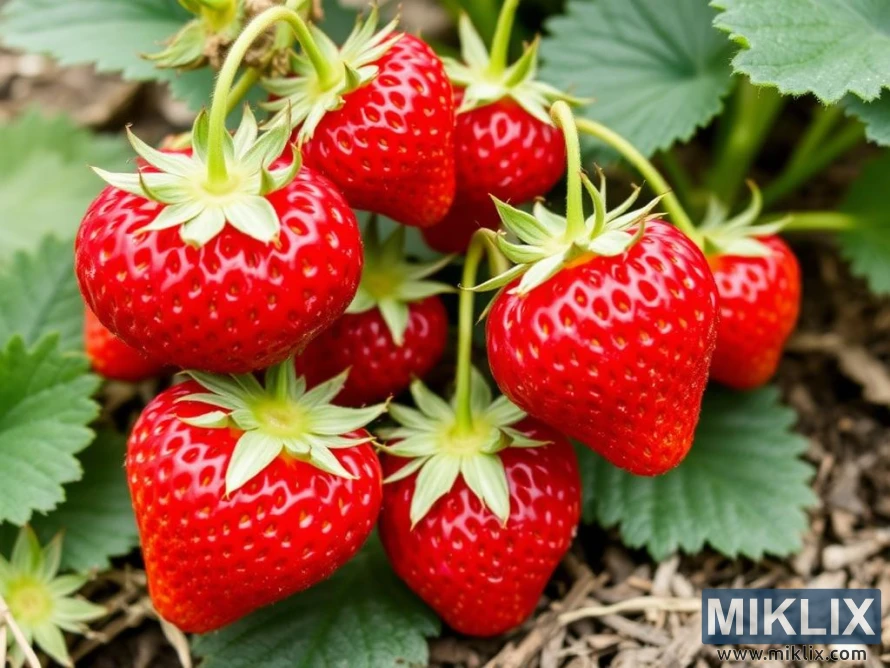
Essential Growing Tips for Strawberry Success
No matter which varieties you choose, these growing tips will help ensure a successful strawberry harvest from your garden. Proper care will maximize both yield and flavor from your strawberry plants.
Soil Preparation
Well-draining soil - Strawberries hate wet feet. Ensure good drainage by adding compost and growing in raised beds if necessary.
Slightly acidic pH - Aim for a soil pH between 5.5 and 6.5 for optimal nutrient uptake.
Rich in organic matter - Work in plenty of compost before planting to provide nutrients and improve soil structure.
Avoid recently cultivated areas - Don't plant strawberries where tomatoes, potatoes, peppers, or eggplants have grown in the past 3 years to prevent disease.
Sunlight and Spacing
Full sun - Provide at least 6-8 hours of direct sunlight daily for maximum fruit production.
Proper spacing - Plant June-bearing varieties 18 inches apart in rows 3-4 feet apart. Everbearing and day-neutral varieties can be spaced 12 inches apart.
Air circulation - Good airflow between plants helps prevent disease. Don't overcrowd your strawberry bed.
Pest and Disease Management
Mulch - Apply straw mulch around plants to keep berries clean, suppress weeds, and conserve moisture.
Bird protection - Use netting to protect ripening berries from birds.
Rotation - Move your strawberry bed to a new location every 3-4 years to prevent disease buildup.
Remove runners - For everbearing and day-neutral varieties, remove runners to focus the plant's energy on fruit production.
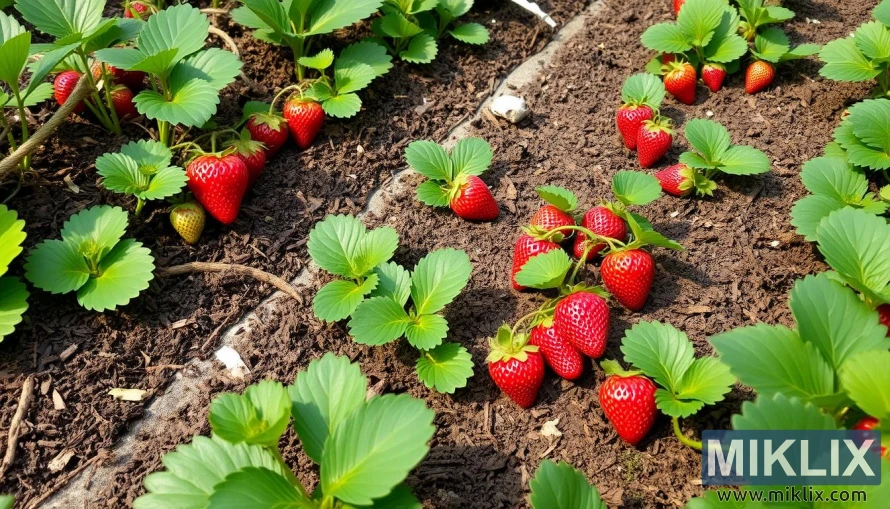
Conclusion
The best varieties of strawberries to grow in your garden ultimately depend on your specific growing conditions, available space, and personal preferences. Consider planting a mix of varieties to extend your harvest season and enjoy different flavor profiles.
For beginners, June-bearing varieties like Earliglow and Honeoye offer reliable harvests and excellent flavor. If you prefer a longer harvest season, everbearing varieties like Ozark Beauty or day-neutral types like Tristar will provide berries throughout the summer.
Remember that strawberry plants are relatively inexpensive and easy to grow. Don't be afraid to experiment with several varieties to discover which ones perform best in your unique garden conditions. With proper care, your strawberry patch will reward you with sweet, juicy berries that far surpass anything you can buy at the grocery store.
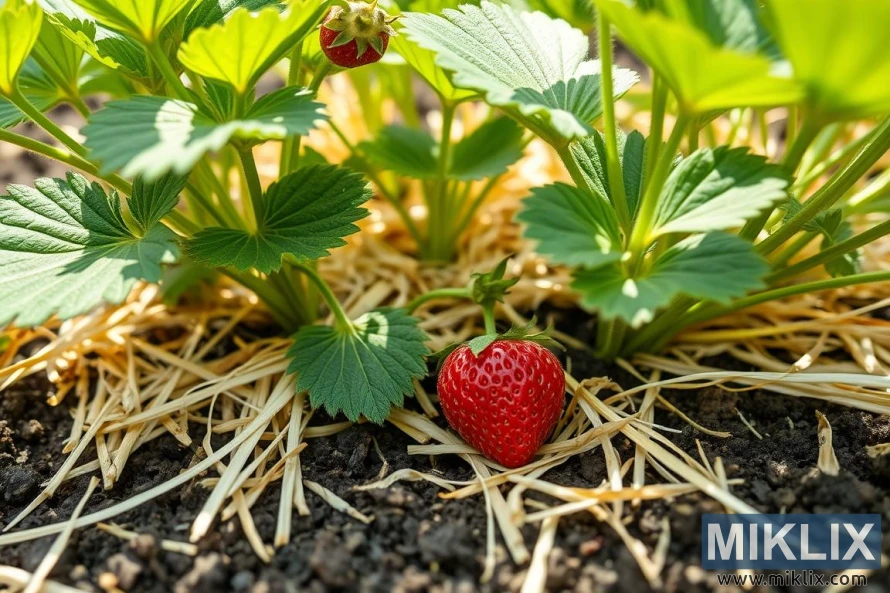
Further Reading
If you enjoyed this post, you may also like these suggestions:
- How to Grow Peaches: A Guide for Home Gardeners
- The Best Cherry Varieties to Grow in Your Garden
- The Best Fruit Trees to Plant in Your Garden
